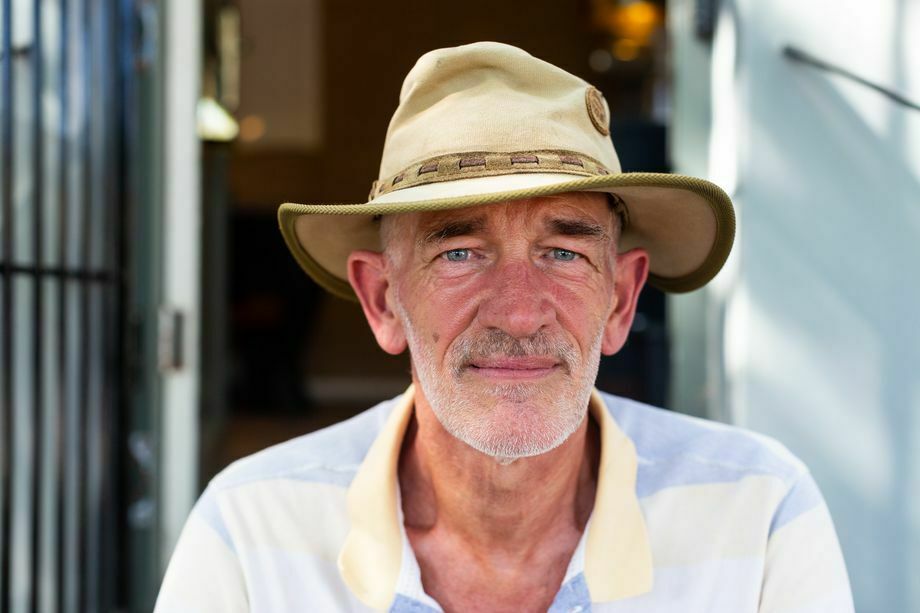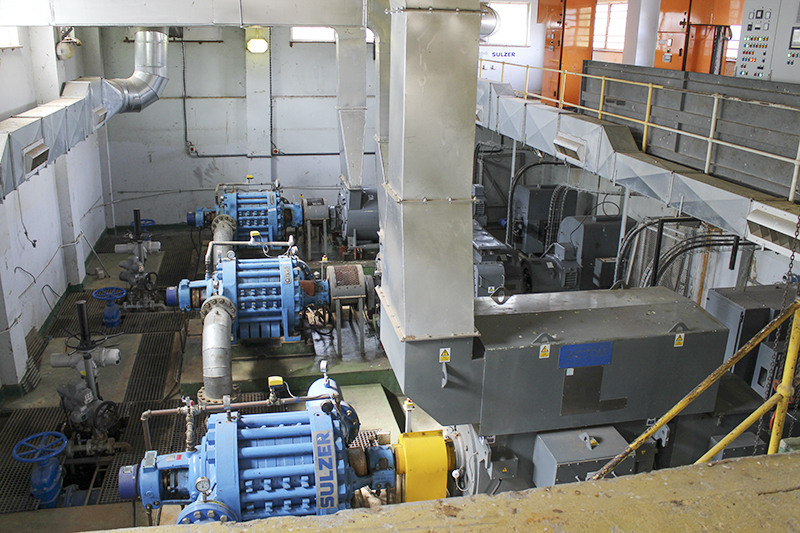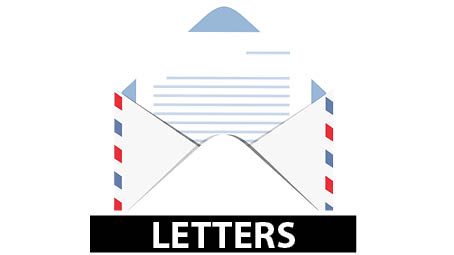Dear editor,
The Makana Residents’ Association wishes to record its thanks to the Executive Mayor, Councillor Yandiswa Vara, for arranging a meeting about Makana water services, chaired by Councillor Mthuthuzeli Matyumza. The meeting took place at the Council Chambers on Thursday afternoon.
MRA, supported by a few water engineers, raised several concerns on behalf of Makana residents. It was accepted that the water supply since December 2021 has been intermittent and chaotic, although it has improved during the past fortnight.
It was agreed that further dialogue is necessary to move as swiftly as possible to a situation where water is supplied reliably 24 hours every day. The discussion was wide-ranging, from replacing asbestos pipes to the adverse effects of varied water pressure causing pipe breaks.
The biggest concern raised by MRA is the lack of any spare pumping capacity at James Kleynhans or Howieson Poort. If a pump were to fail, we would have no water as all Makhanda’s water has to be pumped uphill to reservoirs before it reaches our taps by gravity.
The Director of Infrastructure, Asanda Gidana, informed the meeting that three repaired motors would be installed next week at James Kleynhans (making five complete pump sets). A new pump would be purchased for Howieson Poort as soon as practicable.
If anyone with expertise in water matters wishes to get involved, please contact MRA: info@makana-ra.org.za
Tim Bull, secretary, Makana Residents’ Association

The full submission to the 24 March Water Meeting by the MRA and the Makana Water Panel
The Eastern Cape has been experiencing a prolonged drought, which ended in November 2021. During the drought, it was necessary to use James Kleynhans to supply the whole of Makhanda, and water had to be rationed.
Now that Howieson’s Poort dam is full and Settlers dam has recovered to at least 30%, there is no need for water to be transferred to west Makhanda from James Kleynhans. This means that east Makhanda should be receiving 12ML per day and west Makhanda 8ML per day.
The situation across Makhanda, especially parts of Joza, is that people are suffering lots of water outages. In some areas, these outages are a daily occurrence, and sometimes people have no water for whole days.
The only outages should be in the area of a pipe break, which means that most Makhanda premises should be receiving reliable water 24 hours every day.
This is not happening, so what is going wrong with the water management in Makhanda?
- Pumps missing at James Kleynhans and Howieson Poort mean that Makana is struggling to pump sufficient water.
- Non-use of the isolation zones created by MBB means that whole areas of town are deprived of water every time there’s a pipe break or other interruption.
- Large variations on water pressure in the pipes causes extra breaks.
- Water turbidity has been raised as a problem; with the correct procedures and water treatment, this would not cause outages.
- The transfer pipe should not be necessary as the west has enough water in the dams.
The current situation is not satisfactory but could worsen if risks are not addressed.
- If any of the pumps fail then there will be a water crisis until a replacement is installed. Howieson is designed to have 3 pump sets, there is only one installed and working. James Kleynhans is designed to have 4 pump sets, there are only two installed and only one working correctly.
- The Water Manager is having to manage the whole system. Surely there needs to be a relief manager or deputy who can take over if the Water Manager is sick or otherwise not available.
- The continued lack of pumping, meaning that water has to be rationed even though there is plenty of water, means large fluctuations in pressure in the pipes. This costs Makana money with all the unnecessary pipe breaks that need to be repaired.
- Makana is suffering financially as the ‘collection rate’ has reached the lowest point in the history of Makana. Lack of reliable water supply is a contributing factor.
It would be great if Makana Municipality, in addressing the issues raised above, could become more open to public engagement, encouraging discussion of concerns and allowing regular viewing of municipal infrastructure. The point is to ensure good service delivery, which everyone accepts is not happening at present.




